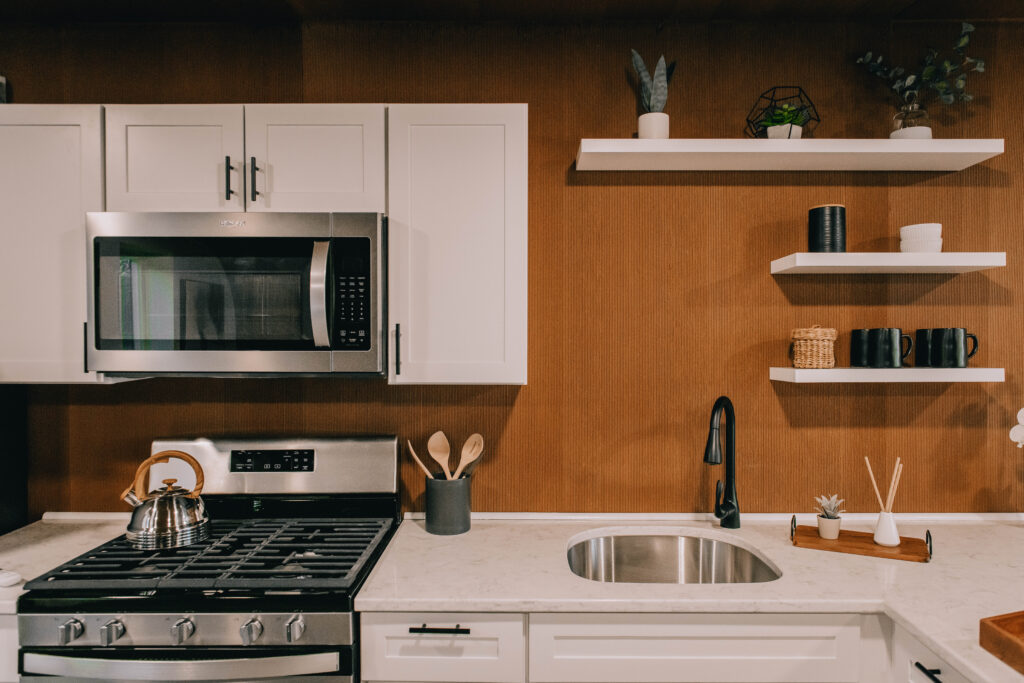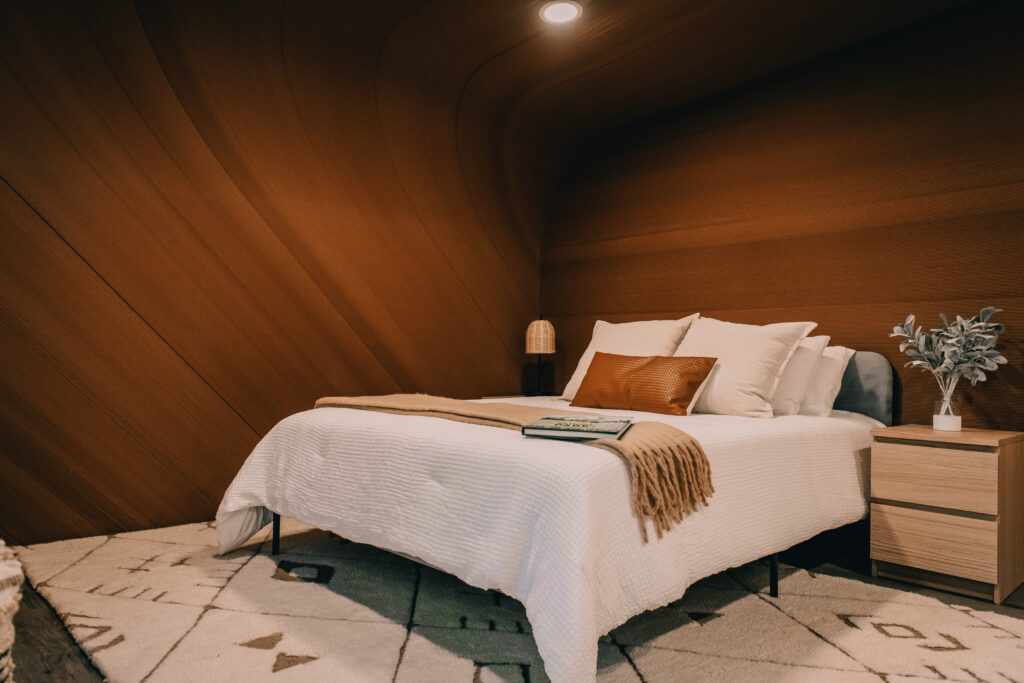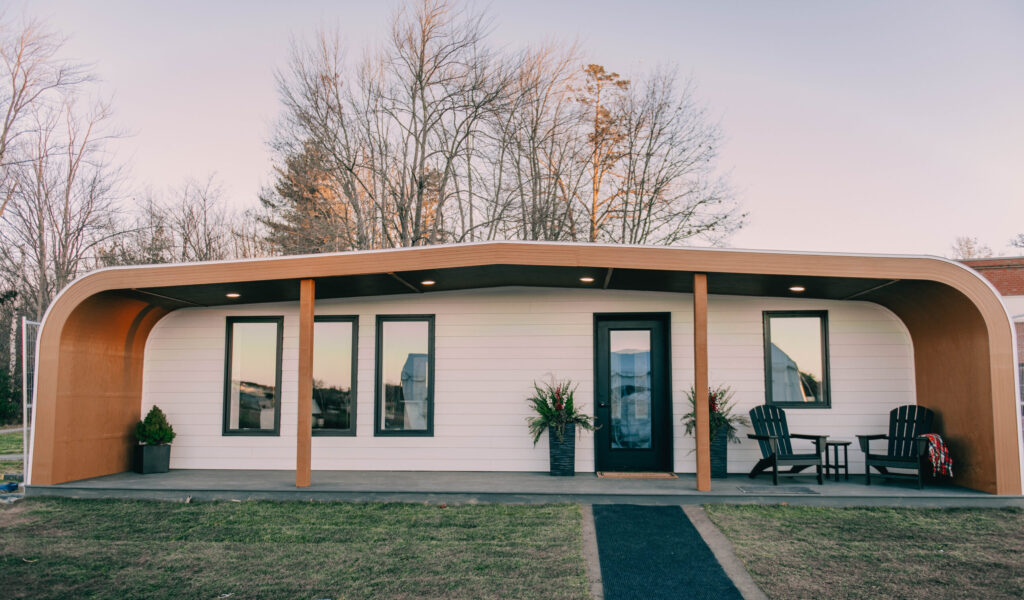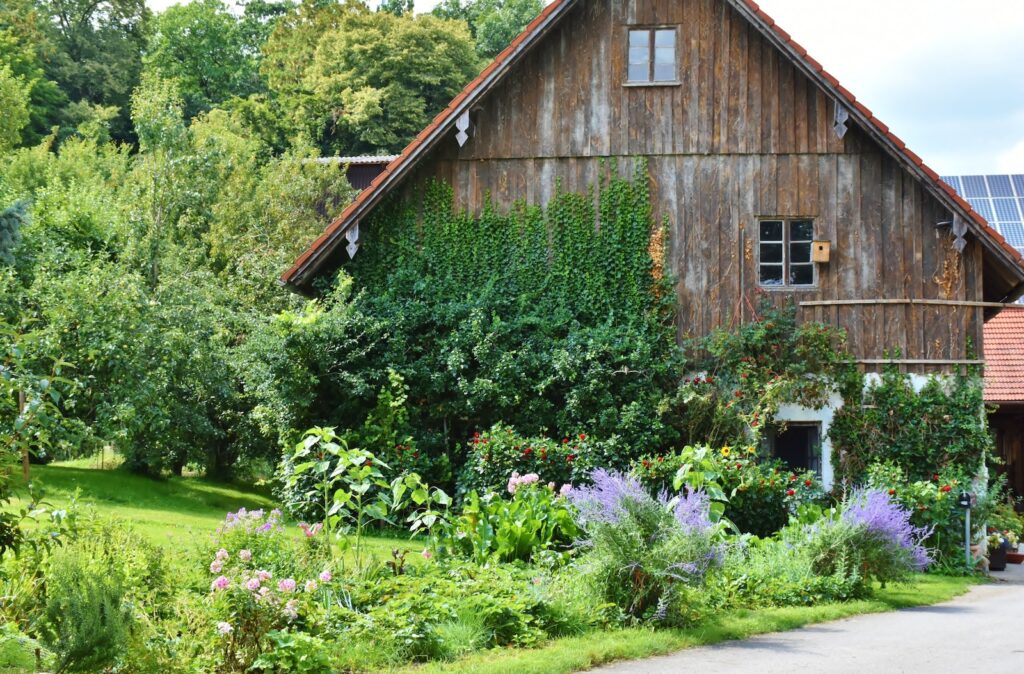Revolutionizing the world of housing and taking sustainability to new heights, the University of Maine’s Advanced Structures and Composites Center (ASCC) has unveiled an architectural marvel – BioHome3D. Picture this: the first-ever 3D-printed home constructed entirely with bio-based materials. This cutting-edge breakthrough is a game-changer, offering a solution to the housing crisis while combatting climate change. Get ready to dive into the world of BioHome3D and witness how innovation and eco-consciousness are reshaping the future of sustainable living.
Addressing the Housing Crisis:
Finding affordable housing in today’s world can feel like searching for a needle in a haystack. But fear not! BioHome3D is here to challenge the status quo. The United States, including Maine, is grappling with a severe shortage of affordable housing, with millions of units needed nationwide. In Maine alone, the deficit stands at a staggering 20,000 units. Enter BioHome3D, with its game-changing 3D-printing technology, poised to revolutionize the housing market. With faster construction times and reduced waste, this breakthrough could be the key to delivering affordable homes to those in need.
A Greener Approach:

When it comes to sustainability, BioHome3D sets the bar high. This 600-square-foot prototype is a testament to eco-conscious living. Imagine a home made entirely of 3D-printed floors, walls, and roofs constructed from wood fibers and bio-resins. Not only is it fully recyclable, but its remarkable insulation properties are achieved using 100% wood insulation and customizable R-values. By harnessing the power of sustainably grown wood fiber, BioHome3D not only offers a sustainable living space but also plays a vital role in capturing carbon emissions, contributing to a greener planet.
Advanced Manufacturing Takes the Stage:
Say goodbye to traditional construction woes and welcome the future of housing! BioHome3D harnesses the power of advanced manufacturing techniques, significantly reducing dependence on labor-intensive processes. Automated manufacturing and off-site production ensure that building and fitting take less time, accelerating the construction process. And the cherry on top? By using locally sourced wood fiber feedstock, this technology breathes new life into the local forest products industry while overcoming supply chain disruptions and labor shortages.
Collaboration Fuels Success:

Behind every groundbreaking achievement lies a team of visionaries, and BioHome3D is no exception. The University of Maine’s ASCC, in collaboration with Oak Ridge National Laboratory, MaineHousing, and the Maine Technology Institute, has brought this dream to life. Together, they have spearheaded research and development efforts to create sustainable and cost-effective bio-based 3D printing feedstock alternatives. With continued innovation and scaling, the future holds exciting prospects, including faster delivery schedules and customizable, energy-efficient homes designed to suit homeowners’ preferences.
A Positive Impact Beyond Housing:

BioHome3D’s impact extends beyond affordable housing solutions. As we grapple with the global climate crisis, this revolutionary technology offers hope for a greener future. Traditional buildings contribute to nearly 40% of global carbon emissions, but BioHome3D challenges this statistic. By utilizing renewable materials and capturing carbon during the growth cycle of sustainably sourced wood fibers, this architectural marvel showcases a sustainable path for future construction projects. Its ripple effect is set to inspire environmentally friendly practices throughout the construction industry.
Embracing the Future:
The University of Maine’s ASCC is at the forefront of pioneering innovation and research. BioHome3D stands as a shining example of its dedication to addressing pressing challenges. By introducing the world’s first 100% bio-based 3D-printed home, they have set a new standard for sustainability, innovation, and scientific research. As BioHome3D continues to evolve, we anticipate even more significant strides in affordable housing, environmental stewardship, and economic development.
BioHome3D is not just a house; it’s a revolutionary leap toward a sustainable future. As the first 3D-printed home made entirely from bio-based materials, it challenges conventional housing norms. By addressing the housing crisis, combating climate change, and fostering collaboration, the University of Maine’s ASCC has paved the way for a brighter tomorrow. BioHome3D’s speed, affordability, and eco-consciousness hold the potential to transform the housing landscape for the better. Get ready to witness the birth of a new era in sustainable living, as we eagerly anticipate the positive impact BioHome3D will have on our society, our planet, and our future.




